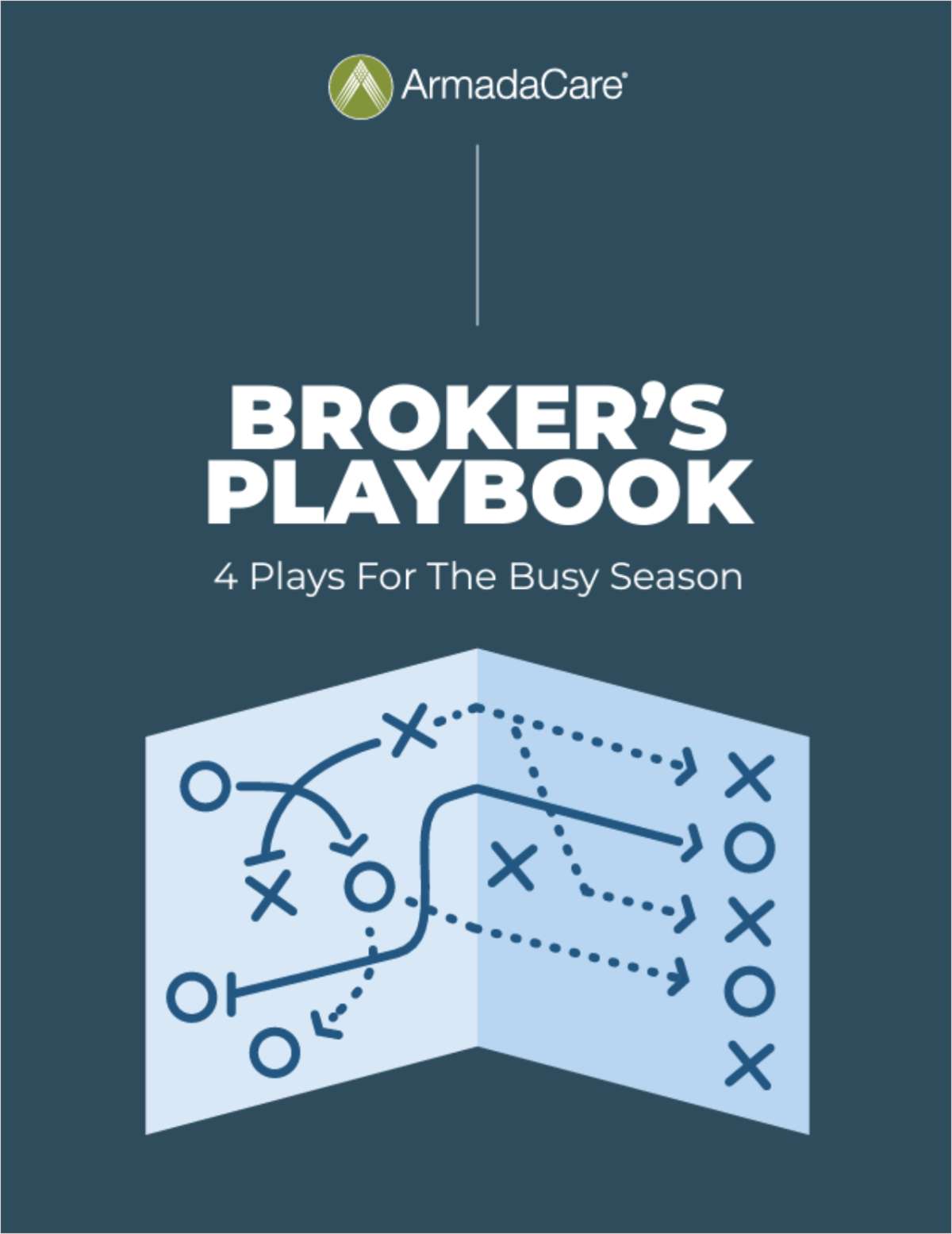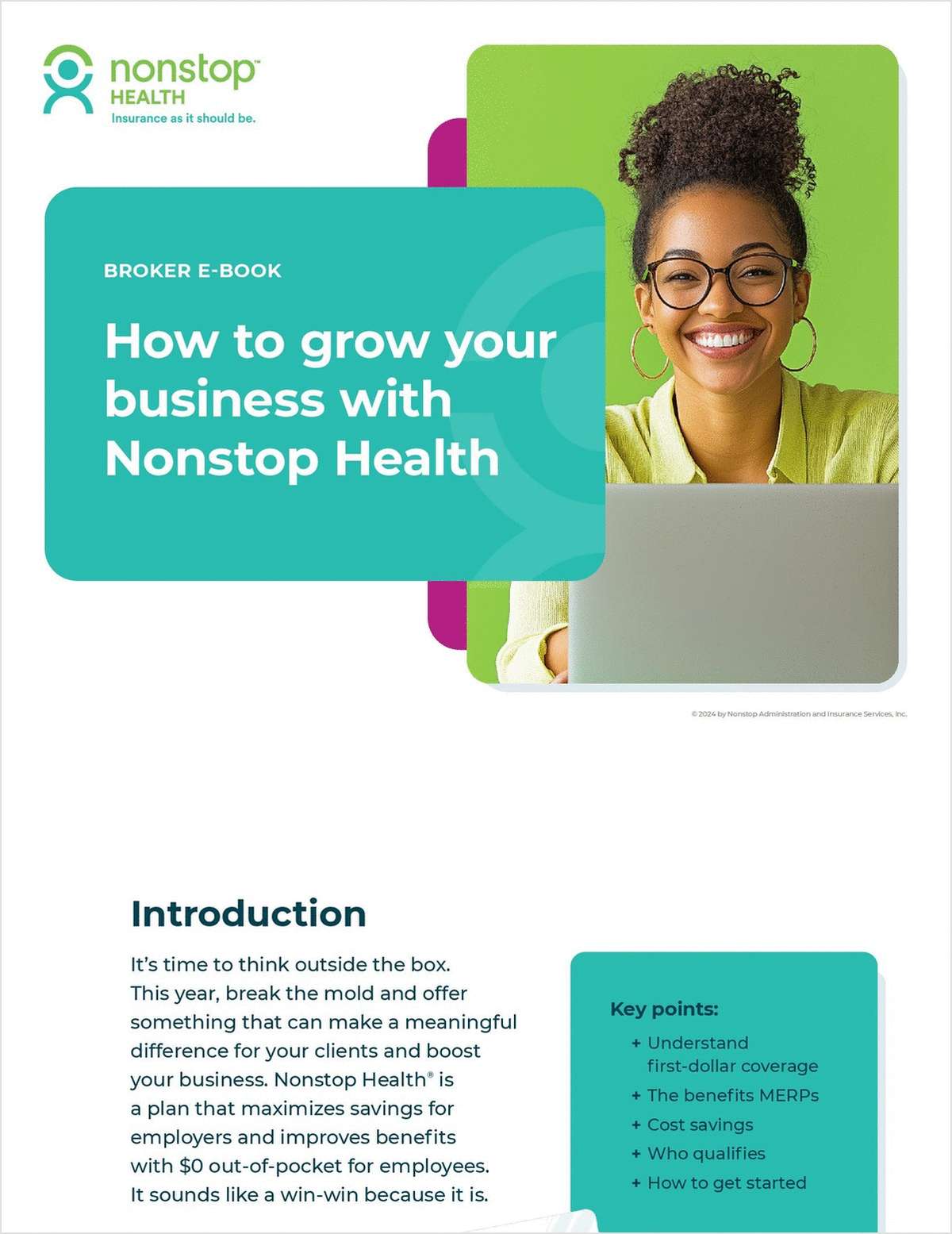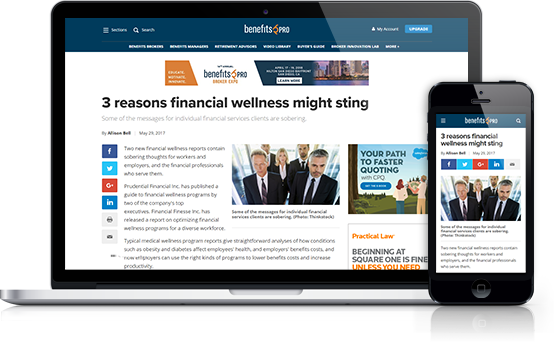A sick or injured pet can take a significant bite out of an employee's bank account. An increasing number of businesses are helping out by offering pet insurance as a voluntary benefit.
“A lot of pet owners who have pets suffering from an illness or injury don't realize that many other pet owners are dealing with the same issue,” says Kristen Lynch, executive director of the North American Pet Health Insurance Association (NAPHIA) in Raleigh, North Carolina. “Insurance helps the pets, and owners, by allowing them to access the best care possible without breaking the bank.”
Only about 1.4 million of the 179 million pets in North America are covered by insurance, according to the association. However, that number is expected to grow as veterinary costs rise and more employers offer insurance benefits.
Continue Reading for Free
Register and gain access to:
- Breaking benefits news and analysis, on-site and via our newsletters and custom alerts
- Educational webcasts, white papers, and ebooks from industry thought leaders
- Critical converage of the property casualty insurance and financial advisory markets on our other ALM sites, PropertyCasualty360 and ThinkAdvisor
Already have an account? Sign In Now
© 2024 ALM Global, LLC, All Rights Reserved. Request academic re-use from www.copyright.com. All other uses, submit a request to [email protected]. For more information visit Asset & Logo Licensing.








